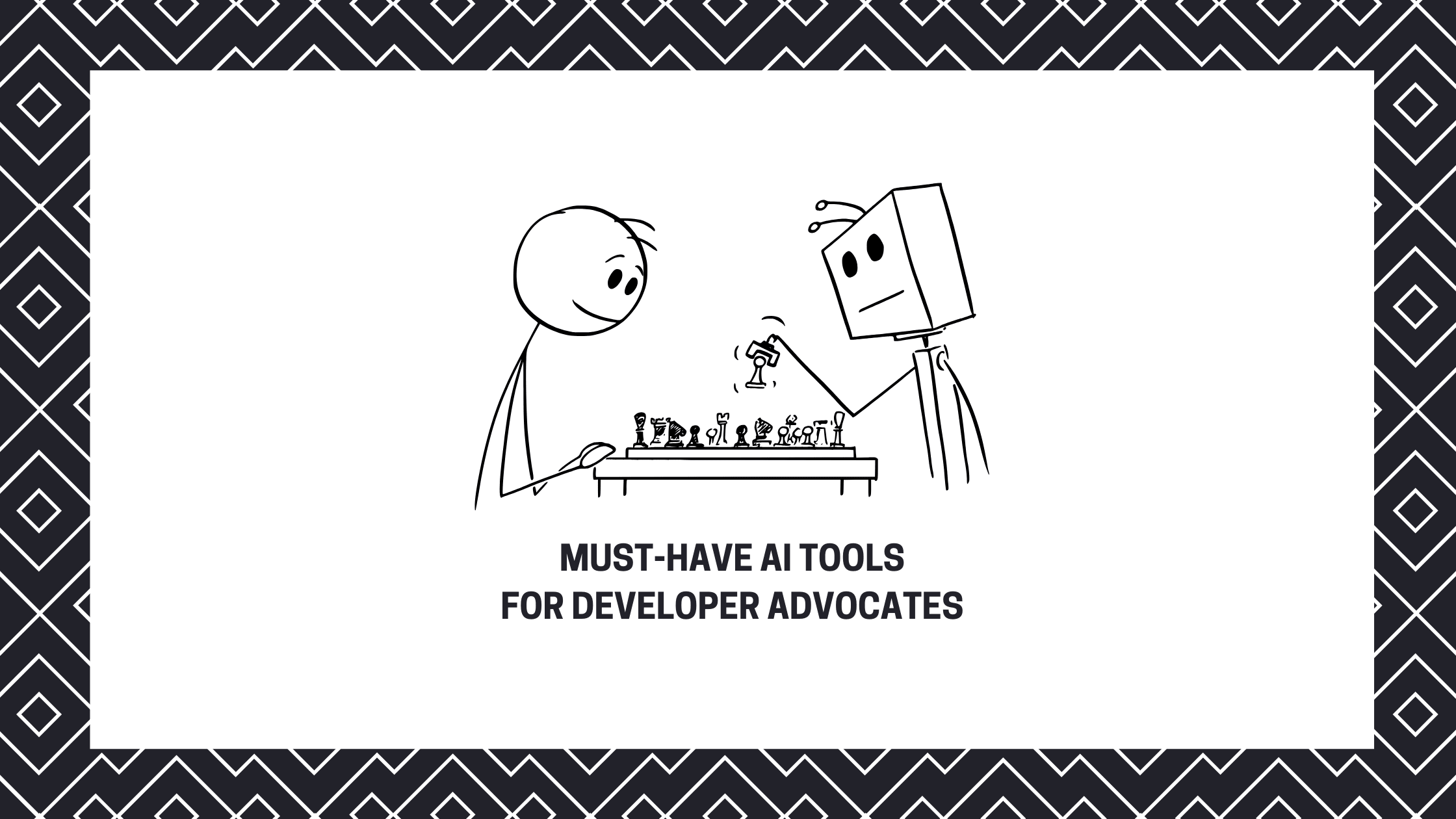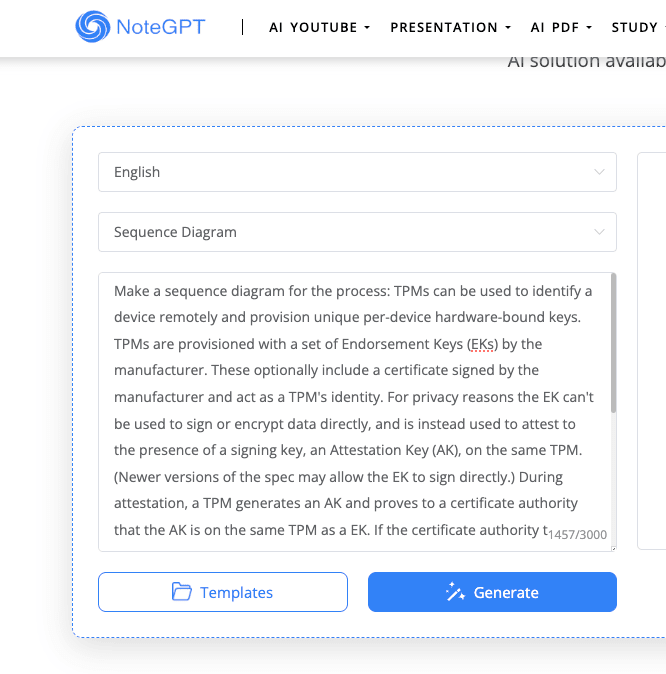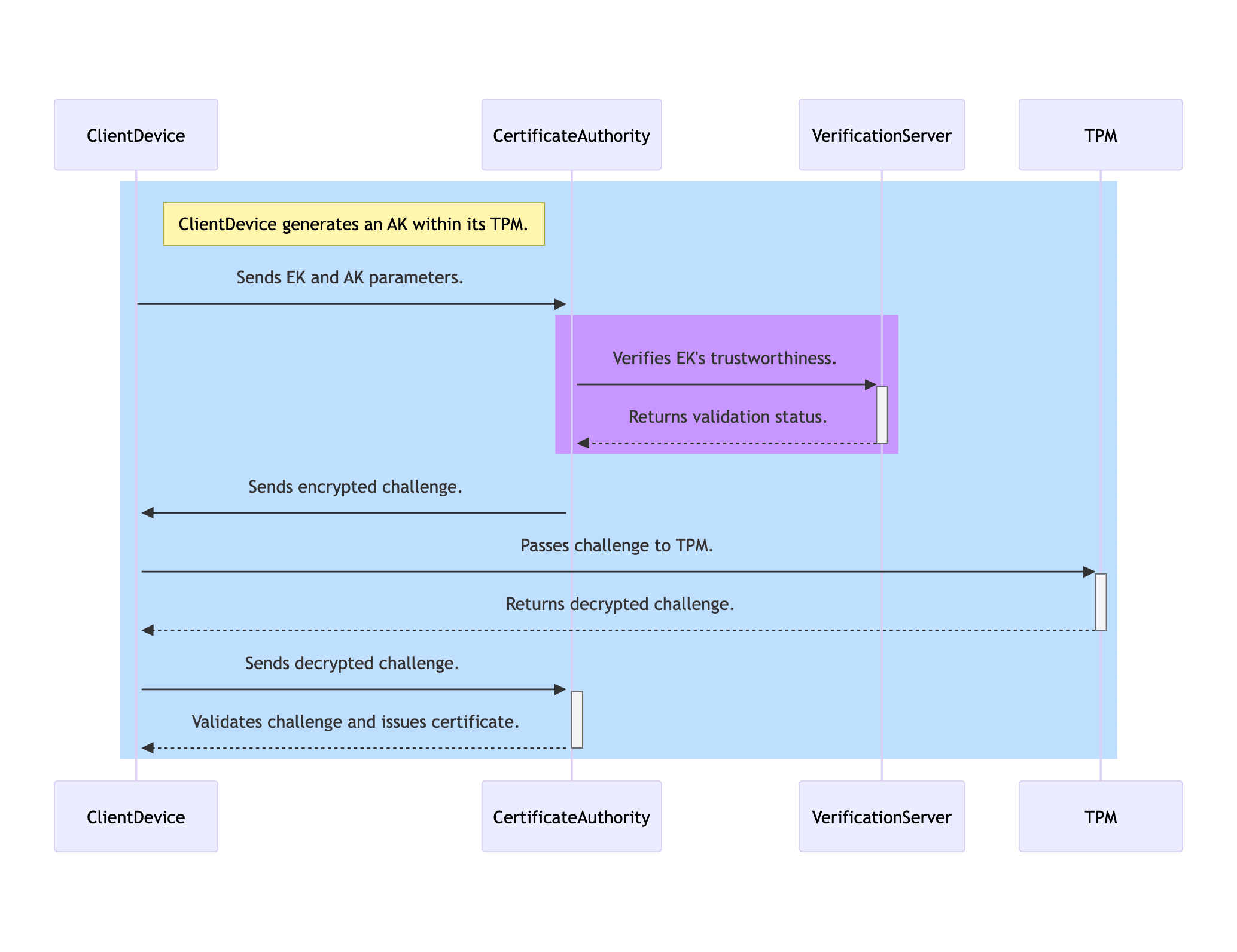
Lately, I’ve been experimenting with some AI tools to see how much they can enhance my content creation process, and I have to say, it’s been fascinating. From voice-blogging to automated flowchart generation, and even AI-powered podcasting and video production, I’ve tested a range of tools that have dramatically improved my workflow. And today, I want to share them with you.
But before I dive in, this shouldn’t just be a one-way conversation. If you’ve found AI tools that help with content creation, writing, editing, visualization, or publishing, I’d love to hear about them too. Email me with your list.
Now, let’s get into what you can do with the tools on my list:
1. Voiceblogging with VoicePal
If you’ve ever struggled with writer’s block, you know how frustrating it is to sit in front of a blank page, waiting for the words to come. Typing forces structure too soon, and that perfectionism kills creativity. But what if you could just talk through your ideas—as messy, unfiltered, and raw as they could be—before worrying about making them perfect? That’s precisely what VoicePal allows me to do.
VoicePal a speech-to-text tool designed for content creation, not just dictation. I can talk through my ideas, have them transcribed in real-time, and even get AI-generated questions that help me refine my thoughts.
Why I Love It
- It’s way faster than typing: an average person speaks 1,000 words in 10 minutes, while typing the same number of words could take 30+ minutes.
- It allows for flexible writing: I can draft blog posts while walking, commuting, or doing daily tasks instead of waiting until I’m sitting at my desk.
- It actively helps refine ideas: My favorite VoicePal feature is its brainstorming feature. It’s what differentiates Voicepal from other dictation voice-to-text tools like Notion AI Dictate, OpenAI Whisper, Google Docs Voice Typing. It’s like a collaborative writing assistant. After recording, VoicePal asks follow-up questions based on what’s said, to help flesh out ideas that might not have been considered.
One of my favorite experiences using VoicePal was when I was brainstorming an article on finding purpose beyond work. After I finished rambling for about 18 minutes, VoicePal asked me deep follow-up questions like:
- Can you elaborate on what you mean when you say that working hard allows you to afford laziness?
- How does this concept influence your work ethic?
- What specific childhood experiences shaped your views on work and purpose?
These weren’t just generic AI prompts. The tool listened to what I said and generated questions that helped me think deeper about my topic. It felt like brainstorming with an intelligent collaborator. You can decide which follow-up questions to answer and which to skip, and after you’re done, it’ll collate and mesh all your ramblings into a well-structured article.
By the time I sat down at my laptop, 70% of the work was already done. All I had to do was polish the structure, tweak a few sentences, and add some depth where needed.
There’s a caveat, though: VoicePal costs €7 per month, which is a bit pricey. I do think the creators need to add more features to fully justify the price. Right now, it’s essentially a well-designed speech-to-text tool with some AI-driven follow-ups. It would be even better if it offered more customization for brainstorming or better learning over time.
That said, if you already pay for ChatGPT Pro, you could likely build a similar experience using a custom GPT with a good voice-to-text tool like OpenAI’s Whisper.
Download VoicePal on App Store or on Google Playstore.
2. Automated Flowchart Diagrams and More with NoteGPT.io
If you create educational content, technical documentation, or even visual guides for your notes, you know how frustrating it can be to make diagrams from scratch. Before I found NotesGPT.io, I used to sketch my ideas on paper, transfer them to Canva, then wrestle with shapes, lines, and text alignment. It was time-consuming and tedious.
Now, with NotesGPT.io, I just type a prompt, and it generates flowcharts, sequence diagrams, pie charts, and even infographics instantly.
Underneath, I think what it does is, it takes your prompt and converts it into a Mermaid.js diagram syntax, then it runs the code to generate a diagram. It saves you the stress of figuring out the correct syntax on your own.
I’ve started using NotesGPT.io to create explanatory diagrams for all my articles. It has made my work so much easier and cut down hours of effort. And the best part? It’s completely free.
See below for an example prompt and what was generated.


3. Automated Podcasting with NotebookLM
NotebookLM is a research and study tool built by Google. You can upload PDFs, websites, YouTube videos, audio files, Google Docs, or Google Slides, and it will summarize the content while making interesting connections between topics. It’s powered by Gemini 2.0’s multimodal understanding, so it doesn’t just summarize—it processes information in a way that helps you see patterns and relationships you might have missed.
One of its most intriguing features is Audio Overview, which takes your uploaded content and turns it into a back-and-forth discussion between two AI-generated hosts. The conversation flows naturally, making it feel like you’re listening to a real podcast instead of a robotic narration. Even better, you can interrupt the discussion at any point, like calling into a live radio show. The AI pauses, acknowledges you by name, and responds before continuing.
I don’t think Google envisioned this tool as a podcast generator, but that’s precisely what we’ve been using it for at work. We’re experimenting with automating our podcast production using NotebookLM:
- Gather research on a topic.
- Upload it to NotebookLM and let the AI generate a podcast-style conversation.
- Download the audio file.
- Publish it through an RSS feed to platforms like Spotify or Apple Podcasts.
Now, turning written content into a podcast is as simple as uploading a document. I’ve fed it blog drafts, research notes, and rough ideas, and it’s turned them into listenable discussions without needing a microphone or recording software.
See an example podcast generated with NotebookLM here.
Interested? Drop your email, and I’ll let you know when it drops. I’ll even send you the first chapter for free before anyone else.
4. Talking Head Youtube Videos Without a Camera With Heygen + ElevenLabs
Heygen is an AI-powered video platform that lets you create high-quality talking head videos using a digital avatar trained on a video of yourself. Instead of spending hours recording and editing, you simply upload a script, and your AI-generated twin presents it for you.
I first heard about Heygen on a podcast by Social Media Examiner. I haven’t tried it yet, but it’s next on my list of experiments. From what I’ve seen, it has huge potential for content creators, educators, and businesses that need to produce videos at scale.
Some key use cases:
- Video creation at scale: Businesses can produce a large volume of videos without the usual time commitment. One company is using Heygen to generate 800 minutes of course content that would have taken weeks or months to record manually.
- Podcast visualization: For audio-only podcasters, Heygen makes it easy to turn episodes into video content without needing to be on camera. This capability is a major advantage for reaching audiences on YouTube and social media.
To get started, you first need to record yourself. The quality of your avatar depends heavily on the initial training video, so it’s best to use a 4K camera, good lighting, and a well-framed shot.
But visuals are only half the equation. To make sure the AI-generated voice sounds natural, you can use ElevenLabs, one of the best AI voice cloning tools available. It requires just two minutes of recorded speech to create a clone of your voice, and it allows for fine-tuning—so you can make it sound more excited, calm, or even authoritative, depending on the context.
I can see a workflow where NotebookLM generates a podcast script from research material, then Heygen + ElevenLabs turn it into a fully produced video. When I finally test it, I’ll share my results.
5. A Research Companion That Talks with Sesame
ChatGPT is excellent for research, but typing and reading responses is slow. Thought flows faster in conversation. That’s where Sesame AI changes the game.
Sesame isn’t just another AI voice assistant. It actually remembers context, adapts its tone, and responds like a real conversation partner. Instead of feeding it disconnected prompts, you talk through your thoughts, and it keeps up.
I tested it while researching quantum computing for work. Normally, I’d jump between papers, manually cross-referencing sources and piecing insights together. With Sesame, I just started talking. It understood nuances, connected ideas, and even recalled past discussions, making it feel like brainstorming with an informed collaborator rather than querying a search engine.
This is what’s missing from today’s AI tools. Text alone isn’t enough. Voice carries depth—tone, rhythm, hesitation—all the things that make human conversation rich. Sesame’s Conversational Speech Model (CSM) taps into this, analyzing entire conversations rather than generating isolated responses.
For me, it makes learning faster and research feel less like a chore. If AI is going to be a real thinking partner, it has to speak and listen like one. Sesame is the closest thing I’ve found. I could see it replacing hours of reading and note-taking with something far more engaging. Go try a demo here.
And that’s it! Which of these tools have you tried? If you’ve discovered something interesting or have a favorite AI tool that’s changed the way you work, email me—I’d love to hear about it.

